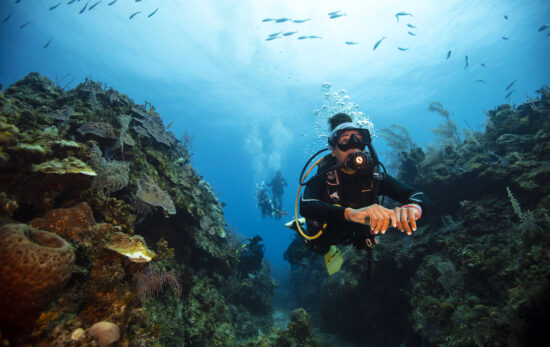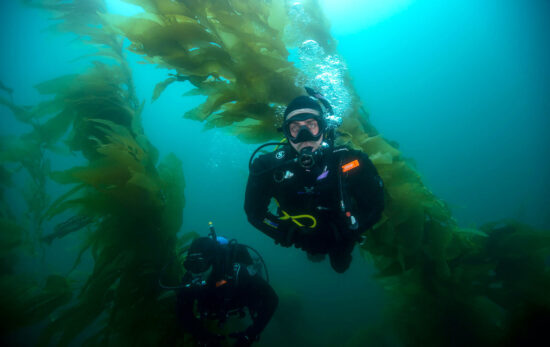Not long ago, enriched air nitrox (EANx) was something only cutting-edge technical divers used. Today, it’s widely used among recreational divers. Indeed, Enriched Air (Nitrox) Diver is PADI’s most popular PADI’s specialty course.
Here’s what you need to know about earning an Enriched Air (Nitrox) Diver certification, the pros and cons of diving nitrox instead of air, and what this means for us as divers.
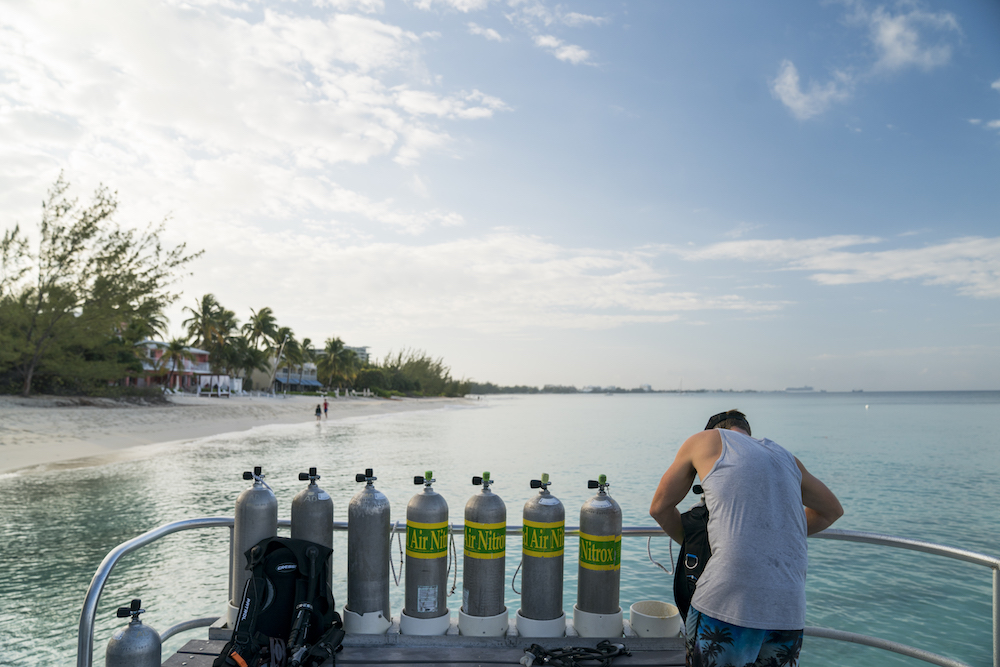
What is Nitrox?
Humans are accustomed to breathing air that’s approximately 79% nitrogen and 21% oxygen. Technically, any mixture of nitrogen and oxygen is nitrox – that includes the air you’re breathing right now.
In the recreational scuba realm, “nitrox” (also known as Enriched Air and EANx) typically describes breathing gas that is 32% (EANx32) or 36% (EANx36) oxygen. More oxygen means less nitrogen, and that has some nice benefits.
Can You Dive Longer With Nitrox?
As you learned in the PADI Open Water Diver course, nitrogen absorption is one of the things that limits our ability to explore underwater by determining how long we can stay at depth as well as how deep we can go. On the other hand, enriched air (nitrox) diving allows you to:
- Extend your bottom time (which might mean longer dive times)
- Shorten surface intervals
- Dive deeper on repetitive dives
- Increase your safety levels when diving with Nitrox and using an air dive profile
Alternatively, many divers use enriched air to reduce the amount of nitrogen they absorb while sticking to the no-stop limits for air. This is a great way to be extra conservative during a dive and increase your personal safety margins.
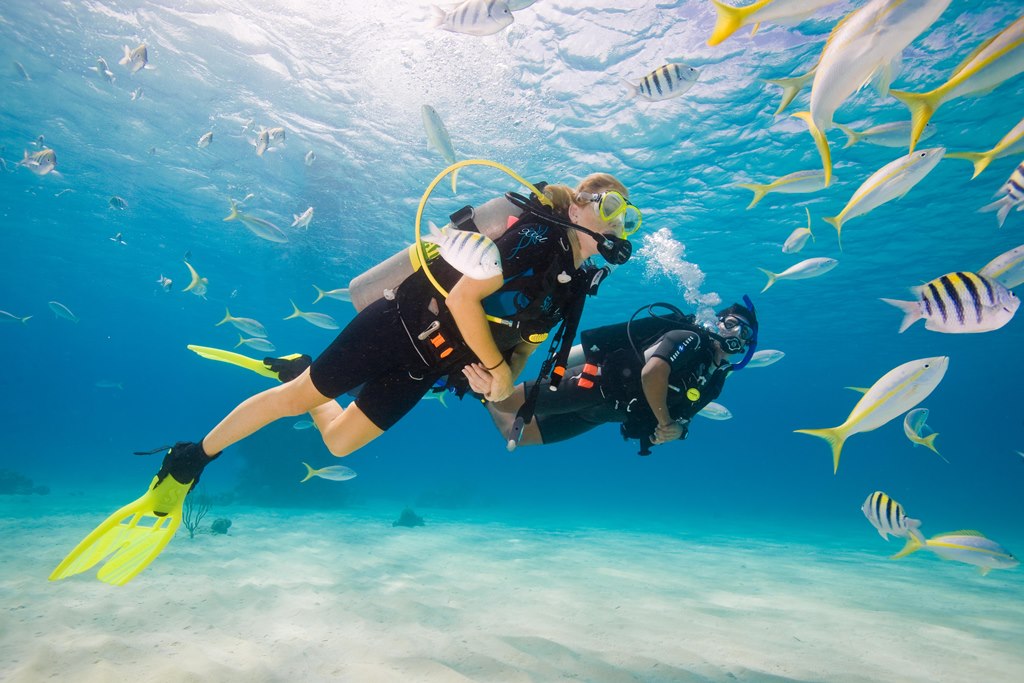
Is Nitrox Worth It?
If you fancy staying down longer and getting back in the water sooner, then yes, getting EANx certified is worth it. You can take more photos, wave to more turtles, and spend more time exploring.
Even if you’re only making one dive, that’s deeper than 15 meters/50 feet, there are some benefits you’ll gain from using enriched air.
Consider this:
- If you plan a dive to 21 meters/70 feet on air, your maximum no-stop time is 40 minutes.
- If you’re diving to the same depth with 32% enriched air, the no-stop time is 60 minutes—that’s a whole 20 minutes more of unfiltered underwater time (unless you use up the gas in your tank before then, of course).

Enriched Air and Repetitive Diving
Many divers wait too long to try enriched air. Indeed, many divers don’t realize the benefits of an enriched air (nitrox) certification until they’re already on their scuba vacation.
Imagine this scenario:
There you are, on the second day of your diving adventure. Your first dive was deep, below 30 meters/100 feet. After a relaxing surface interval, you’re eager for dive two: a world-class wreck.
During the briefing, the Divemaster reminds the divers who are diving on regular air to mind their no-stop time. On the dive, you are forced to turn back before the enriched air divers. You watch with envy as those diving on nitrox swim the wreck, follow a stingray conga line, and discover sunken treasure.
All jokes aside, if you plan to do a multi-day dive trip or book that dream liveaboard, then do yourself a favor and get enriched air certified. Nitrox allows you to spend more time at depth compared to diving with air, which means you’ll get a lot more out of your scuba vacation.
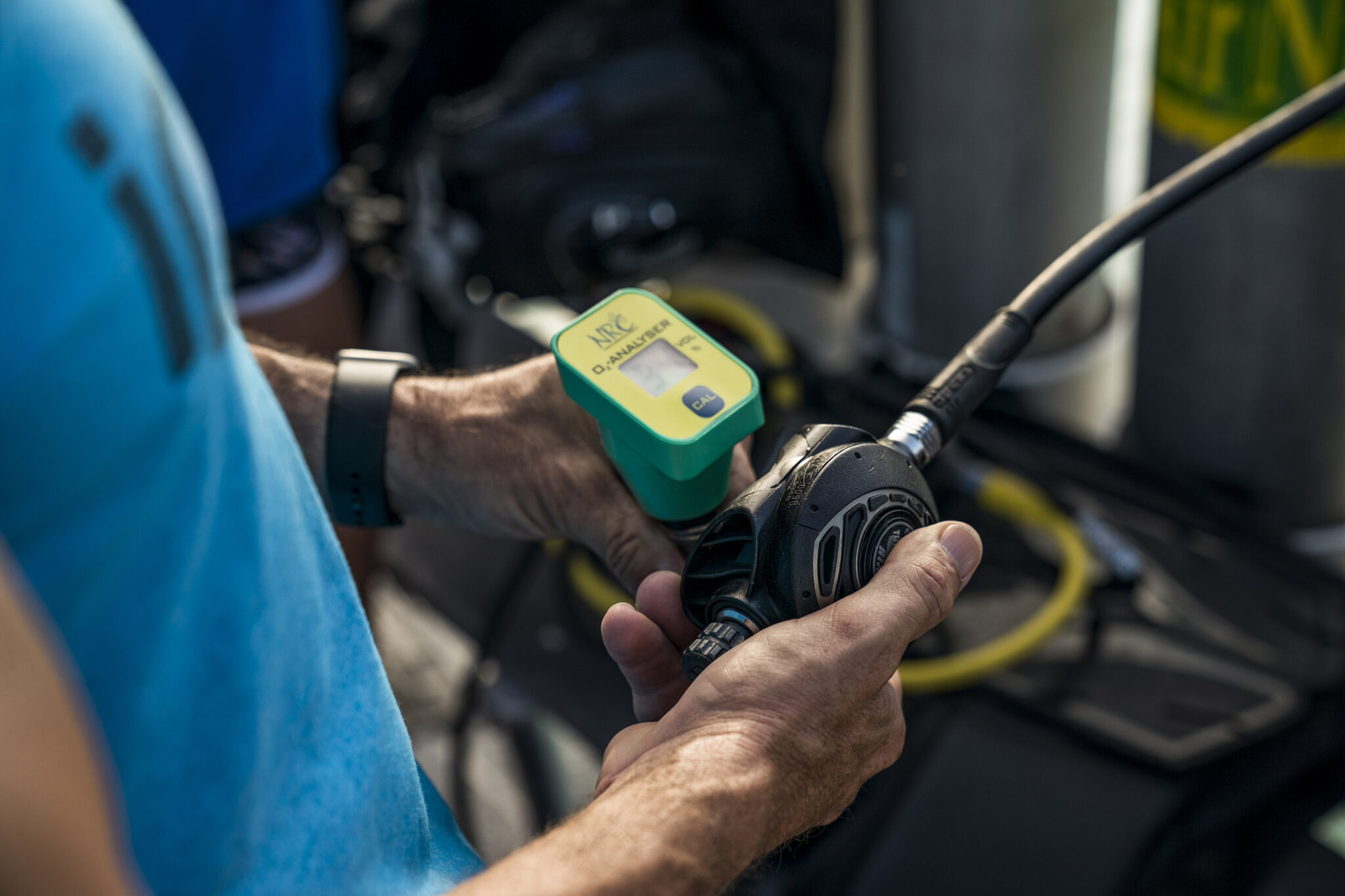
What Are the Pros and Cons of Diving With Enriched Air?
By now, you should have a good idea of why divers often choose nitrox over air. In summary, here are the advantages of nitrox:
- Choose between longer bottom times or shorter surface intervals
- Dive deeper on repetitive dives
- Increased safety margins when diving within no-stop limits for air
- Many divers also say they feel less tired after diving with nitrox (although it’s not scientifically proven)
But if enriched air is so great, why doesn’t everyone dive with nitrox all the time? Good question. There are a few disadvantages of nitrox diving:
- Cost: Enriched air cylinder (commonly called a tank) fills typically cost more than regular air fills
- Depth limitations: To avoid oxygen toxicity, the maximum depth while breathing nitrox is shallower than air and depends on the blend (something you’ll learn during your Enriched Air (Nitrox) Diver certification)
- Availability: Not every dive shop or liveaboard offers enriched air
- Cylinder requirements: You need a dedicated nitrox cylinder for enriched air fills
Finally, bear in mind that using enriched air won’t change how much you breathe. This factor may still cut your dives short, so work on reducing your gas consumption to enjoy the greatest benefits of nitrox diving.

What Does the PADI Enriched Air Diver Specialty Course Involve?
Just like in all PADI courses, the Enriched Air (Nitrox) Diver Specialty course includes three core components:
- Enriched Air Theory
- Practical Exercises skills practice, and
- Open Water Dives (optional).
Let’s take a deeper dive into what’s included in each section.
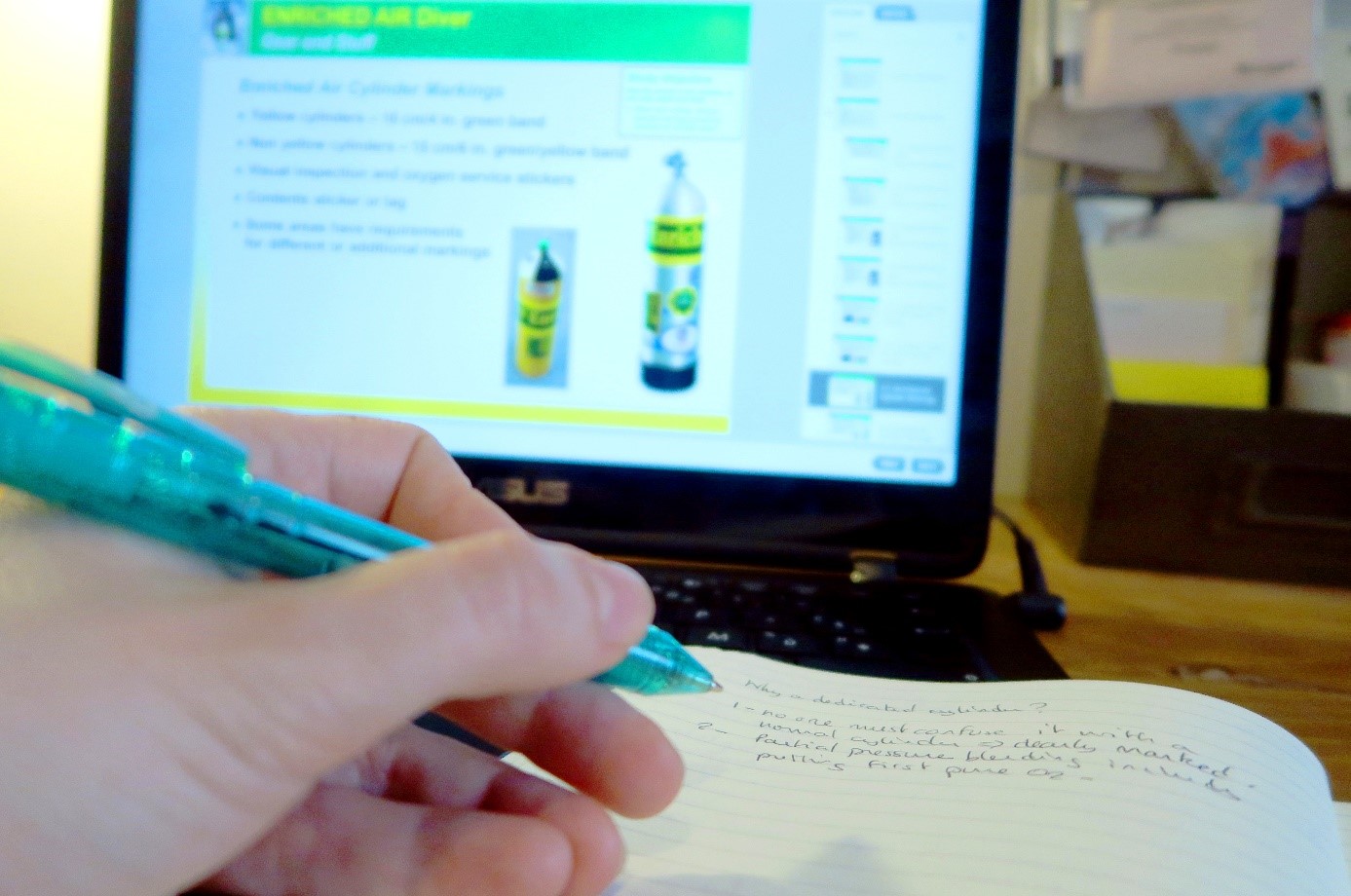
1. Enriched Air Diver Theory (eLearning)
During your Enriched Air Diver theory you will learn the following:
- What nitrox is, why divers use it, and why diving with nitrox gives you more bottom time.
- Equipment considerations when using nitrox and how to use enriched air equipment. You will also look at labeling the equipment used with nitrox and how to label your enriched air cylinder (scuba tank).
- What oxygen toxicity is, why it is dangerous, and how to avoid it.
- How to set your dive computer for diving with nitrox.
- How air dive planning varies from planning a nitrox dive. This section also includes how to use nitrox dive tables or a nitrox-programmed computer.
- How to determine the maximum safe depths for diving with the specific blend of nitrox that you are using.
- Potential hazards associated with nitrox diving, how to avoid them, and how to manage them should they occur.

2. Practical Exercises
During your skills practice you’ll learn about (and try) some of the practicalities involved when diving with nitrox, including:
- How to calibrate a nitrox analyzer
- How to analyze the gas contents of your tank and how to label it correctly
- How to fill out an enriched air log
- How to set your dive computer for nitrox and download your dive data after diving
- How to complete your logbook following a nitrox dive
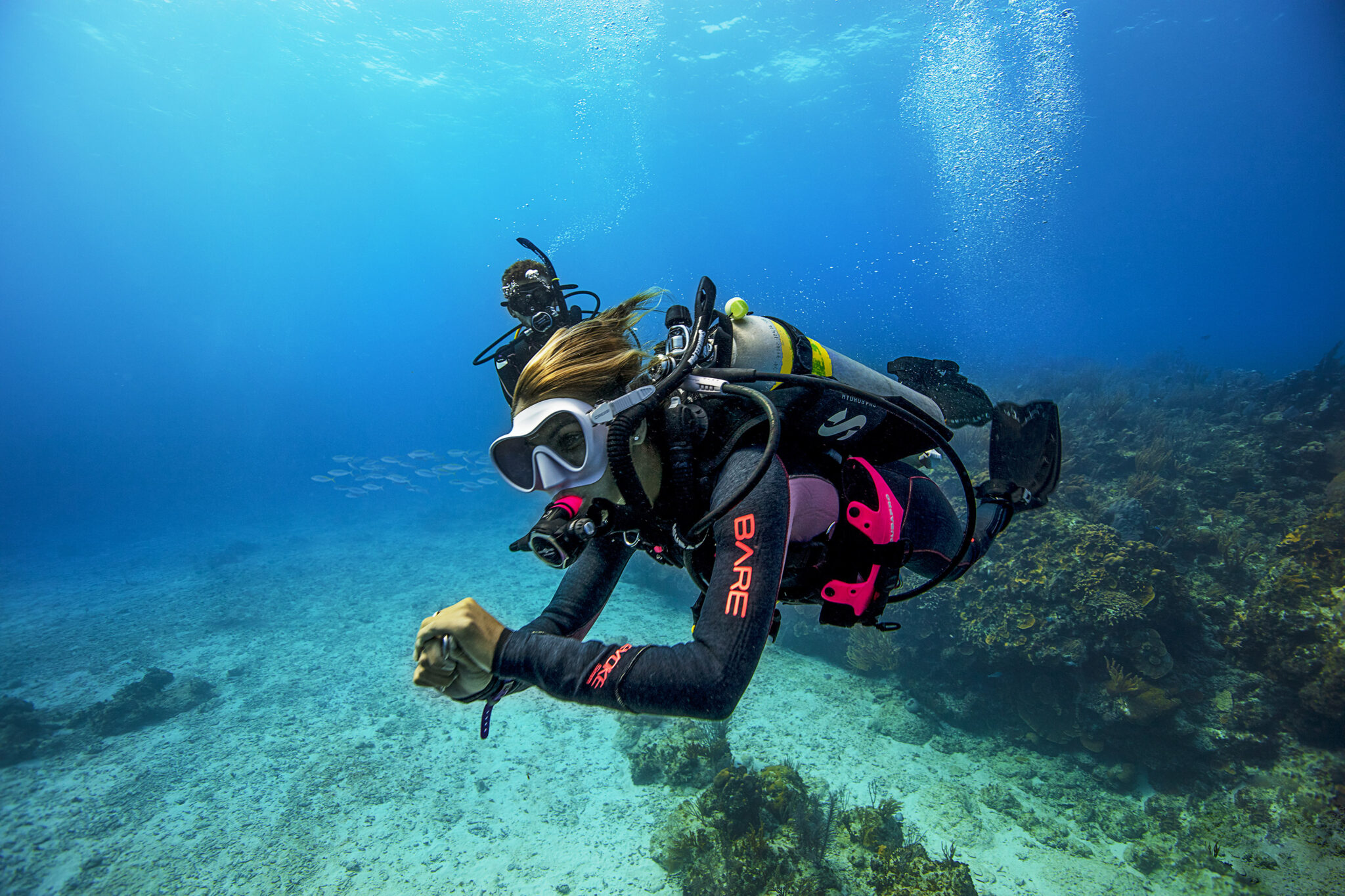
3. Open Water Nitrox Dives
The PADI Enriched Air Diver Specialty course includes two optional open water dives. Although the dives are optional, we recommended that all divers take advantage of the opportunity to dive with nitrox for the first time under the guidance of a PADI Instructor.
Having two enriched air dives already under your belt will give you more confidence when you next dive with nitrox without an instructor present. It will take away any “what ifs…” you may have and enhance your overall dive comfort and enjoyment.
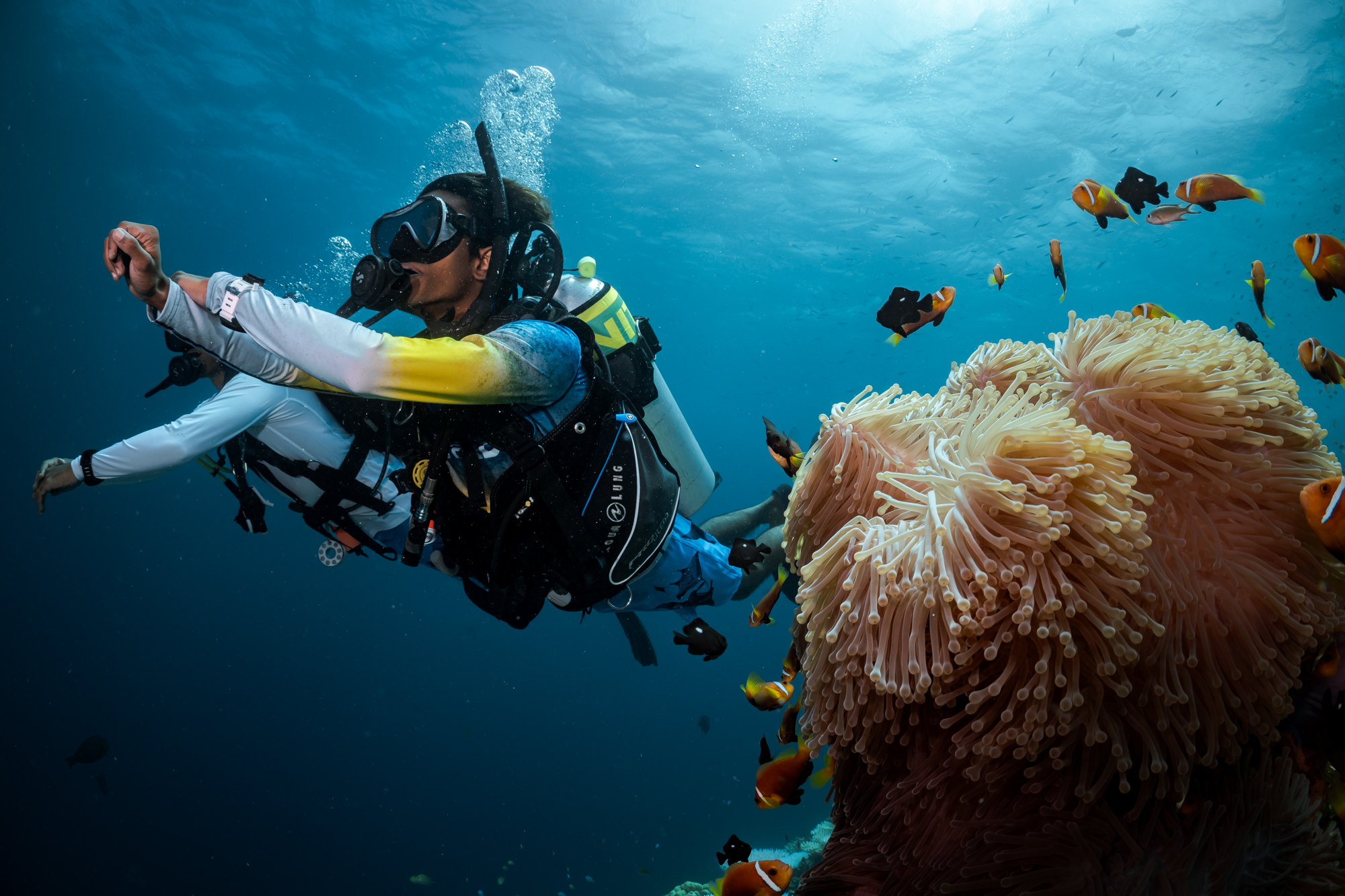
A Few More Reasons to Get a PADI Enriched Air Diver Certification
Not convinced yet? Well, that’s why we’re here to list a few more reasons you should become a PADI Enriched Air (Nitrox) Diver!
- Learn more about the features of your dive computer
- Improve your understanding of diving physiology, which is especially important if you plan to become a PADI Divemaster or Instructor one day
- You’ll need an EANx diving certification to enroll in technical diving courses
- Some liveaboards and dive centers or resorts in remote areas insist on divers having an enriched air certification to dive with them.
- Get one step closer to becoming a Master Scuba Diver
Start Your Nitrox Certification Online
Getting certified to use enriched air only takes a few hours. You can complete most of your nitrox training from home with PADI eLearning. A short, in-person session with a PADI Instructor where you’ll practice using an oxygen analyzer to check your gas mix (and a few other things) is all it takes to finish up. You’ll also have the chance to make two optional dives to put your skills into practice.
You may have heard that this specialty course is challenging and that you must use multiple dive tables – not anymore. The PADI Enriched Air (Nitrox) Diver Specialty course was updated several years ago. Now you use a dive computer for almost everything.
Start your enriched air certification today by enrolling in PADI Enriched Air Diver eLearning online. Questions? Contact your local PADI Dive Shop.

